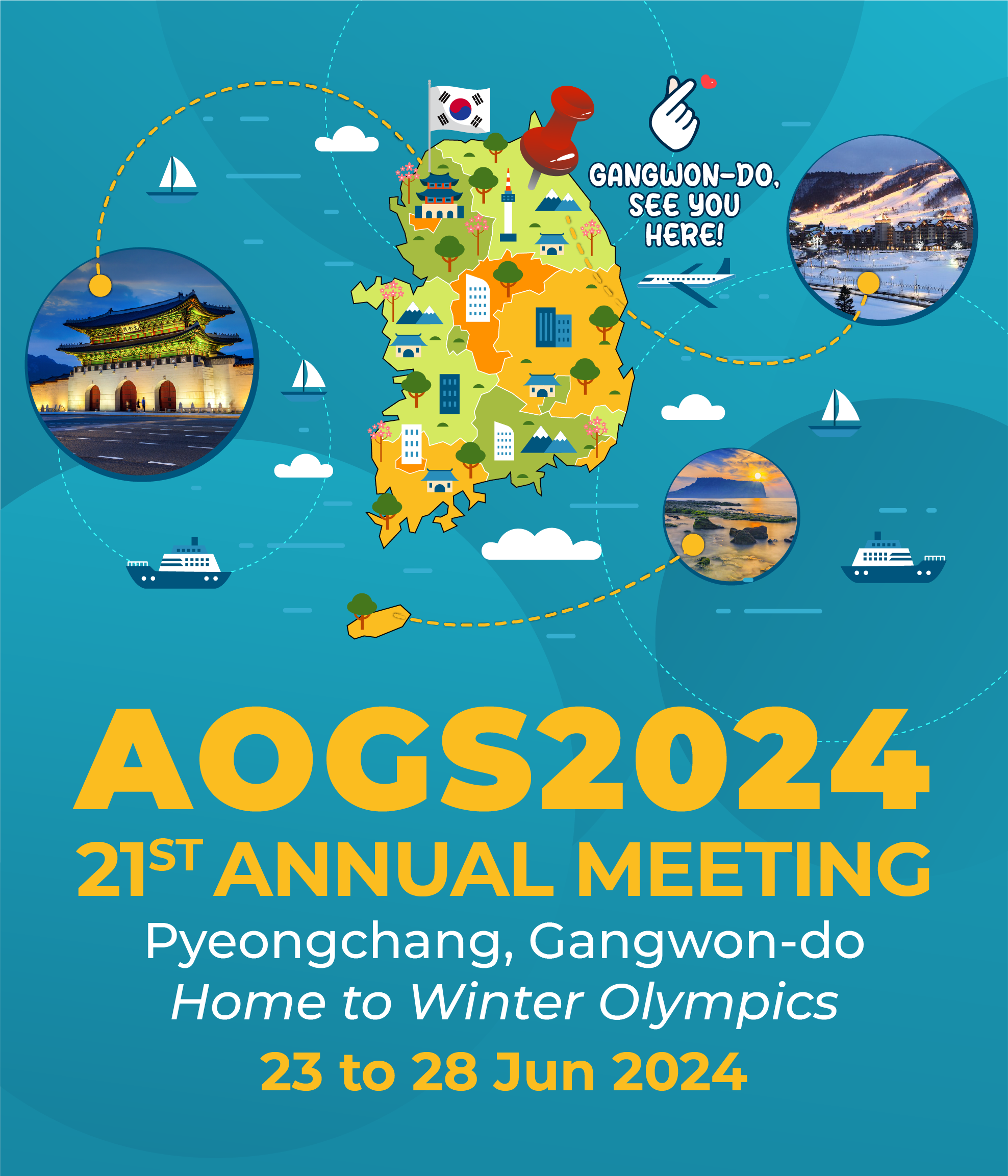
BG Distinguished Lecture | 24 Jun (Mon) 11:00 AM - 12:30 PM | Pyeongchang Hall III, Alpensia Convention Center

Forrest HOFFMAN
Oak Ridge National Laboratory
Forrest M. Hoffman is a Distinguished Computational Earth System Scientist and the Group Leader for the Computational Earth Sciences Group at Oak Ridge National Laboratory (ORNL). He develops and applies Earth system models (ESMs) to investigate the global carbon cycle and feedbacks between biogeochemical cycles and the climate system. Through a US Department of Energy (DOE)-supported model-data integration project, Forrest leads community model benchmarking activities and the development of the International Land Model Benchmarking (ILAMB) and International Ocean Model Benchmarking (IOMB) packages. He is particularly interested in applying machine learning methods to explore the interactions of terrestrial and marine ecosystems with hydrology and climate. Through a DOE-supported data management project, Forrest leads development and deployment of a next generation Earth System Grid Federation (ESGF) distributed data infrastructure in the US. In addition, Forrest applies data mining methods using high performance computing to problems in landscape ecology, ecosystem modeling, remote sensing, and large-scale climate data analytics. Forrest is also a Joint Faculty Member in the University of Tennessee’s Department of Civil & Environmental Engineering in nearby Knoxville, Tennessee, a Senior Member of the Institute of Electrical and Electronics Engineers (IEEE), and a Fellow of the American Association for the Advancement of Science (AAAS).
Systematic Assessment of Terrestrial and Marine Biogeochemistry in Earth System Models
Better representations of biogeochemistry–climate feedbacks and ecosystem processes in Earth system models (ESMs) are essential for reducing uncertainties associated with projections of climate change during the remainder of the 21st century and beyond. Model–data intercomparison and integration activities, utilizing remote sensing and advanced machine learning methods, are required to inform the improvement of land and ocean carbon cycle models. These efforts can also inform the design of new measurement campaigns aimed at reducing uncertainties associated with key terrestrial and marine processes. As ESMs become increasing complex, there is a growing need for comprehensive and multi-faceted evaluation, analysis, and diagnosis of model results. The International Land Model Benchmarking (ILAMB) and the International Ocean Model Benchmarking (IOMB) Packages were designed to facilitate systematic and comprehensive model–data intercomparison and improve understanding of factors influencing model fidelity. We used ILAMB and IOMB to benchmark and intercompare land and ocean carbon cycle models coupled within ESMs used to conduct historical simulations for the Fifth and Sixth Phases of the Coupled Model Intercomparison Project (CMIP5 and CMIP6). Results published in the Intergovernmental Panel on Climate Change (IPCC) Sixth Assessment Report (AR6) indicate that the suites of CMIP6 land and ocean models exhibit better performance than the suites of corresponding CMIP5 models in comparison with observations for a variety of biogeochemical, hydrological, and energy-related variables. These results provide a baseline from which improved benchmarks, informed by a growing collection of observational data, may help further constrain terrestrial and marine carbon cycle processes and therefore projected climate change in future CMIP activities that employ emissions-forced simulations. For CMIP7, new evaluation challenges arising from higher resolutions and enhanced model complexity need to be rigorously addressed. The CMIP Climate Model Benchmarking Task Team aims to provide a vision and concrete guidance for establishing a systematic, open, and rapid performance assessment of the large number of models expected to participate in CMIP7, across all facets and components of the models. This presentation will describe the results of the CMIP6 versus CMIP5 comparison for land and ocean models, as well as discussing progress on developments for CMIP7 analysis and benchmarking.
